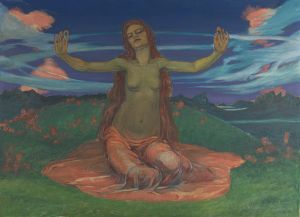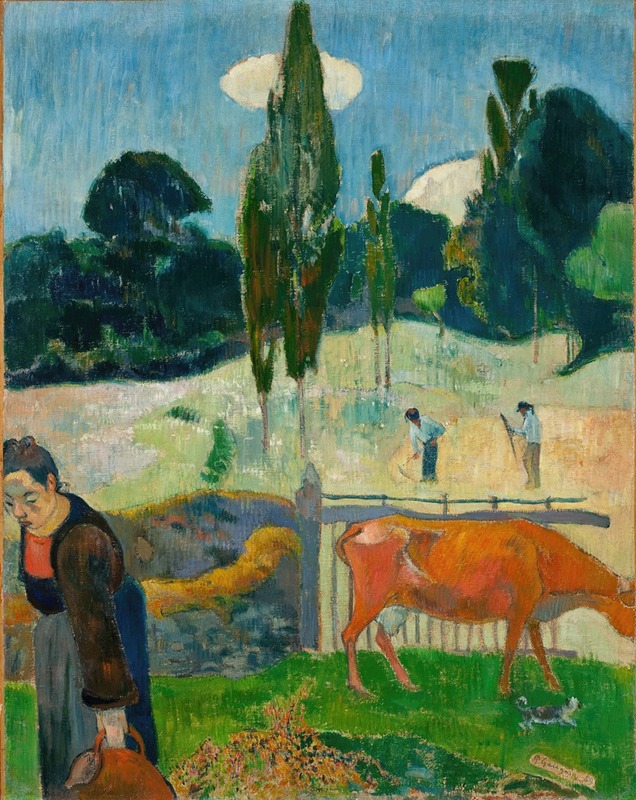
The Red Cow
A hand-painted replica of Paul Gauguin’s masterpiece The Red Cow, meticulously crafted by professional artists to capture the true essence of the original. Each piece is created with museum-quality canvas and rare mineral pigments, carefully painted by experienced artists with delicate brushstrokes and rich, layered colors to perfectly recreate the texture of the original artwork. Unlike machine-printed reproductions, this hand-painted version brings the painting to life, infused with the artist’s emotions and skill in every stroke. Whether for personal collection or home decoration, it instantly elevates the artistic atmosphere of any space.
"The Red Cow" is a painting by the French Post-Impressionist artist Paul Gauguin, created in 1889. Gauguin is renowned for his bold use of color and synthetist style, which emphasizes the artist's emotional response to the subject rather than a realistic depiction. This painting is a notable example of his work during his time in Pont-Aven, Brittany, where he developed his distinctive style.
The painting depicts a pastoral scene featuring a red cow in the foreground, set against a lush, green landscape. The vibrant red of the cow contrasts sharply with the surrounding greenery, showcasing Gauguin's innovative use of color to convey emotion and atmosphere. The background includes a small, thatched-roof cottage and a few trees, adding to the idyllic rural setting.
Gauguin's time in Brittany was marked by a departure from the urban life of Paris and a search for a simpler, more "primitive" way of living, which he believed could be found in the rural communities of France. This period was crucial in the development of his artistic philosophy and style. "The Red Cow" reflects his interest in the rural life and the natural environment, as well as his experimentation with color and form.
The painting is characterized by its flat areas of color and the lack of traditional perspective, which are hallmarks of Gauguin's synthetist approach. This technique involves the use of large, unmodulated areas of color and a focus on the symbolic and emotional content of the image rather than on realistic representation. Gauguin often used this approach to express his personal vision and to evoke a sense of the mystical or spiritual.
"The Red Cow" is part of a series of works that Gauguin created during his stay in Pont-Aven, where he was part of an artist colony that included other notable painters such as Émile Bernard. This group was instrumental in the development of the Symbolist movement in art, which sought to express ideas and emotions through symbolic imagery and color.
The painting is currently housed in the Musée d'Orsay in Paris, which holds one of the most comprehensive collections of Gauguin's work. The museum's collection provides valuable insight into the artist's development and his contributions to the Post-Impressionist movement.
Overall, "The Red Cow" exemplifies Gauguin's innovative use of color and his departure from traditional artistic conventions. It captures the essence of his time in Brittany and his quest to find a deeper, more spiritual connection with the world through his art.





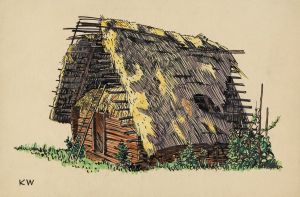
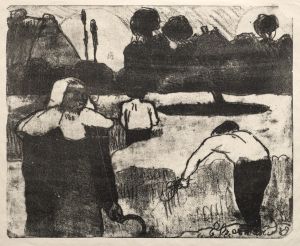

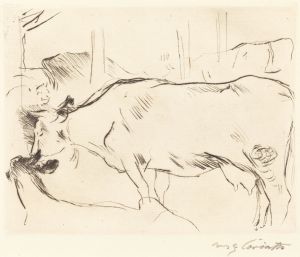
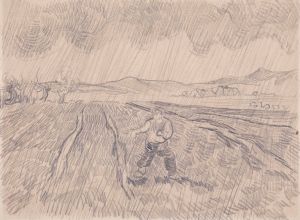
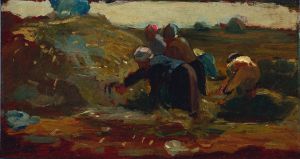
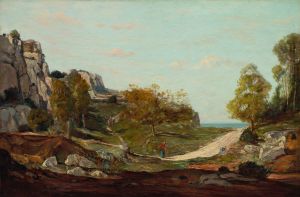
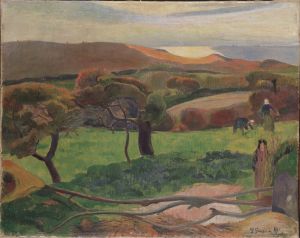
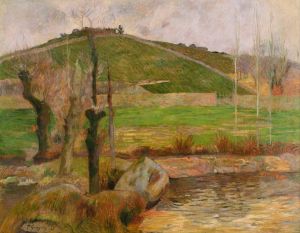
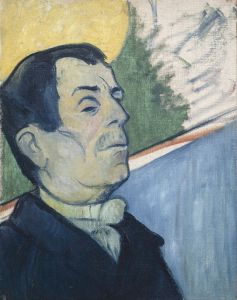
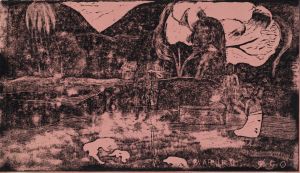
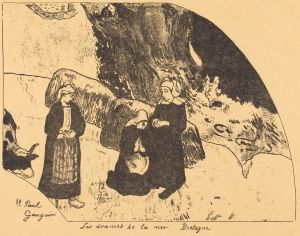
![Eve [‘The Nightmare’]](/imgs/245562/s/paul-gauguin-eve-the-nightmare-bcae2b7f.jpg)
